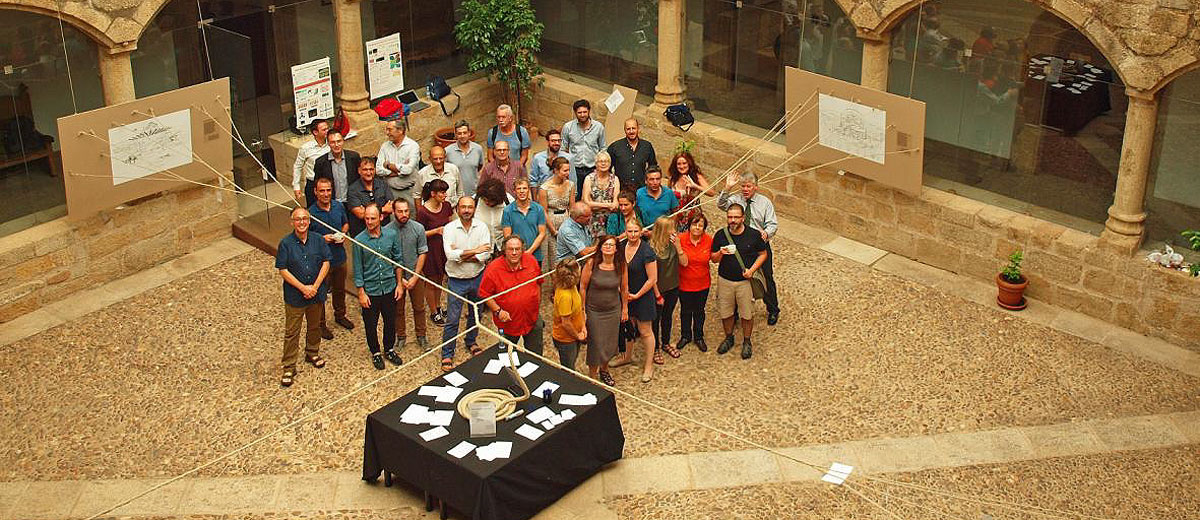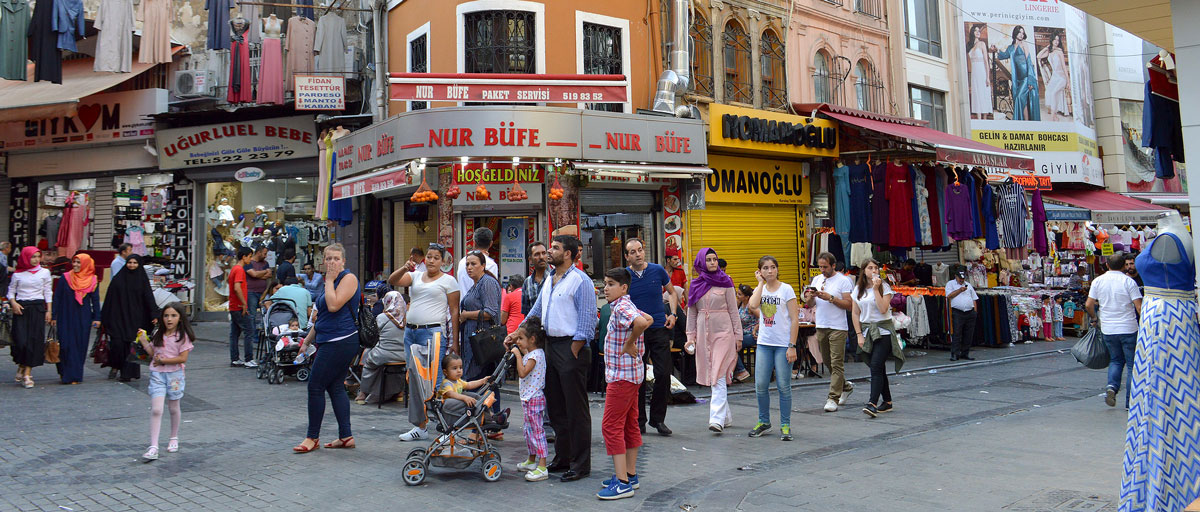
An exhibition in Spain with contributions from centre researchers looks at how the the Iberian Peninsula can deal with a changing climate. A new study demonstrates how the role of arts in addressing climate change solutions is understated.
Bildtext får vara max två rader text. Hela texten ska högerjusteras om den bara ska innehålla fotobyline! Photo: B. Christensen/Azote
art and science
The art of transformation
New study shows how the arts contribute to knowledge-creation and transformations around climate change
• Engagement of the arts in climate change transformations has increased in recent years, especially within the narrative, visual and performing arts
• The arts are increasingly going further than raising climate awareness and now often contribute to knowledge co-creation across disciplines
• However, the role of arts in bringing about deep changes of minds and behaviours has so far been understated in UN climate panel reports
How can we transform our societies fast enough to remain below 1.5 °C of global temperature rise? This a question that the UN climate change panel IPCC has put a lot of efforts into in its reports over the years. But there is one important stone that remains largely unturned: the role of arts and how it can help address address climate change solutions.
“The search for decisive actions to remain below 1.5 °C will require profound cultural transformations. Yet our knowledge of how to bring about such deep changes in the minds and behaviours of individuals and societies is still limited,” says centre PhD-student Diego Galafassi, lead author of an article published in a recent special issue of Current Opinion in Environmental Sustainability.
The article is the result of a joint analysis with centre colleagues Andrew Merrie and Leonie Guerrero, as well as artists and researchers from Leuphana University, Purdue University, Autonomous University of Barcelona and University of Iceland.
A word search in the fifth assessment report (AR5) from IPCC showed that the term ‘arts’, in the sense of artistic practice, does not appear even once. This is a pity, the authors argue, since artists have a historic track record of playing central roles in several major transformations of societies.
Beyond raising awareness
The team of researchers reviewed a range of literatures and have analysed hundreds of climate-related art projects and initiatives from around the world (see methods below). The resulting synthesis showed increased climate change engagement in recent years, especially within the narrative, visual and performing arts. The analysis did also indicate that the arts are increasingly going further than raising awareness and now often also contribute to knowledge co-creation across disciplines.
One example is the engagement of artists and scientists within project IMPRESSIONS, to explore extreme climate change in the Iberian Peninsula. The installation goes beyond simple information sharing to deliberately using the aesthetic experience to empower the audience to imagine plural futures.

The use of participatory drama to understand sources of vulnerability, risks and resilience in communities in Kenya, is another example of artistic expressions that contribute to co-creation of knowledge. Photo: J. Mwaganda
The analysis is based on the understanding that both the impacts of and solutions to climate change are deeply mediated by culture. This calls for a strengthening of the integration of social sciences and the humanities in global environmental change research, the authors write. The natural sciences alone will simply not do the trick for us. We also need a ‘humanistic climate response’ that pays attention to the human experience, including affect and emotions, human values and subjectivity.
“We conclude that climate-arts can contribute positively in fostering the imagination and emotional predisposition for the development and implementation of the transformations necessary to address the 1.5 °C challenge”, the researchers write.
Artistic interpretation of results
The authors also include an artistic interpretation (see below) of their results in the form of a diagram depicted as a growing root system to illustrate the increase over time in the number of climate-related art projects. The root system represents growing networks of initiatives, cultural actors, artists and practitioners.
"Moving toward a future that remains below a 1.5 °C global temperature rise requires developing ‘narratives of hope’. Art can provide a means to envision, express and shape the kind of society we collectively want to create," they write.
However, the authors underline that this does not imply that they approach art in an instrumental way. Quite the reverse they stress that art is unique because of its freedom to pursue open-ended explorations of societal climate transformations without being forced to come up with finished ‘outcomes’ or ‘solutions’.
Another strength of involving art in this context is that it is not constrained by standard scientific methods and can more easily involve not just artists and scientists, but also citizens and many different types of change agents. As such, the arts can also challenge things that tend to be taken for granted, in an engaging and creative way. This can lead to new ways of perceiving, understanding and acting upon climate change, the authors conclude.

The increase over time in the number of art projects present in the compiled climate-related art catalogue. These are growing networks of initiatives, cultural actors, artists and practitioners. Click on illustration to access scientific study
Methodology
The authors conducted a literature review and compiled a catalogue of artworks and art projects for the years 2000–2016. Artworks included processes or outcomes of a specific art practice, whereas projects encompassed initiatives, exhibitions and on-going networks of artistic curation and collaboration. In total they surveyed 199 climate artworks and 102 climate art projects and initiatives from around the world. The focus of the analysis was on initiatives that deal explicitly, at least in part, with the topic of climate change (either in content, form or according to the definition by their creators). The goal of this analysis was to elucidate the ways in which the arts have contributed to climate change mitigation, adaptation and transformations.
Galafassi, D., Kagan, S., Milkoreit, M., Heras, M. et. al. 2018. ‘Raising the temperature’: the arts in a warming planet. Current Opinion in Environmental Sustainability. Volume 31, April 2018, Pages 71-79
Diego Galafassi is a PhD student at the centre. His research explores how knowledge processes can be co-designed and co-created to support transformations in the context of climate change and poverty alleviation.







